When it comes to securing small fasteners and components that need low-strength threadlocking, Loctite’s range of products is unmatched. Two popular choices in this category are Loctite 222 and Loctite 222MS. While these products share similar purposes, they have specific distinctions that can influence which one is the better choice for your application. In this guide, we’ll take a closer look at Loctite 222 vs. 222MS, examining the features, differences, and best-use cases for each product.
Overview of Loctite 222 and Loctite 222MS
Loctite 222 and Loctite 222MS are both low-strength, purple threadlockers formulated for small fasteners, such as screws and bolts, that require an easily removable bond. They are particularly useful in situations where components may need future adjustments or disassembly without the risk of damaging parts. Loctite 222 and 222MS prevent vibration-induced loosening, protect threads from corrosion, and are versatile enough for a range of applications, from automotive and industrial equipment to delicate electronics.
Key Similarities between Loctite 222 and Loctite 222MS
- Low-Strength Threadlocking: Both Loctite 222 and 222MS are designed for low-strength applications, ideal for fasteners up to 1/4” (6mm) in diameter.
- Easy Disassembly: The bond created by both products can be easily broken with standard hand tools, making them suitable for assemblies that require future maintenance or adjustments.
- Color and Consistency: Both threadlockers are purple, indicating their low-strength classification, and have a similar viscosity, allowing them to flow into tight threads effectively.
- Application Range: Both Loctite 222 and 222MS can be applied to various metals, including stainless steel and aluminum, making them ideal for a wide range of industrial and household applications.
Differences Between Loctite 222 and Loctite 222MS
While Loctite 222 and 222MS share many similarities, there are some notable differences that can impact your decision:
- Military Specification Compliance
- Loctite 222 is a general-purpose low-strength threadlocker, widely used for basic applications where precision and military-grade reliability are not critical.
- Loctite 222MS, on the other hand, complies with Military Specification MIL-S-46163A, making it ideal for applications that require adherence to stringent military standards. This feature gives 222MS an edge in highly regulated industries such as aerospace and defense, where reliability and compliance are paramount.
- Level of Cleanliness and Contaminant Tolerance
- Loctite 222 works best on clean, dry surfaces. Although it performs well in most conditions, it may not provide optimal bonding if there’s significant contamination, like oil or grease, on the fasteners.
- Loctite 222MS is formulated to tolerate minor contaminants, making it a better choice for environments where surfaces may not always be pristine. This can save valuable time in industrial settings, reducing the need for extensive cleaning before application.
- Thixotropic Nature
- Loctite 222MS has a thixotropic property, which means that it thickens under static conditions and flows more freely when shaken or agitated. This characteristic enhances the product's control during application, reducing drips and helping prevent excess product buildup.
- Loctite 222, while effective, doesn’t offer the same level of thixotropic control, which may lead to a slightly messier application, especially on vertical or inverted surfaces.
- Industry-Specific Use Cases
- Loctite 222 is commonly used in applications where general low-strength threadlocking is required, such as in light industrial and consumer products. It’s ideal for environments where military or aerospace specifications aren’t a requirement.
- Loctite 222MS, with its military spec compliance and contaminant tolerance, is better suited for critical applications in sectors like aerospace, military, and high-stakes industrial settings.
Choosing Between Loctite 222 and Loctite 222MS
When selecting between Loctite 222 and Loctite 222MS, consider the specific needs of your project:
- For general-purpose applications that don’t require military-grade specifications, Loctite 222 offers an excellent solution for securing small fasteners with easy removal. This is ideal for everyday equipment and machines, consumer electronics, and other applications where standard low-strength threadlocking is sufficient.
- For critical applications in regulated industries, such as aerospace or defense, Loctite 222MS is the better option. Its MIL-S-46163A compliance and ability to handle slightly contaminated surfaces make it reliable in situations where stringent standards must be met and where the fasteners may not always be fully clean.
Final Thoughts
Both Loctite 222 and Loctite 222MS are effective low-strength threadlockers designed to prevent vibration-induced loosening while allowing for future adjustments or disassembly. The main distinctions—such as military compliance, contaminant tolerance, and thixotropic properties—set them apart for different uses.
If you’re working on general, non-critical applications, Loctite 222 should meet your needs. However, if your project requires military-grade performance and enhanced reliability, Loctite 222MS is the superior choice.

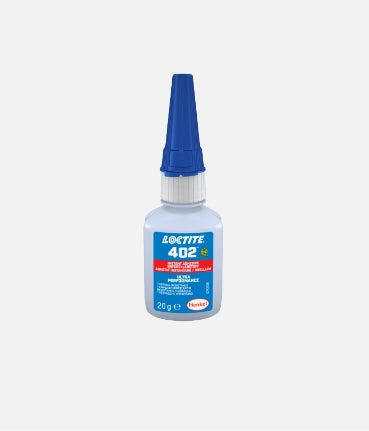
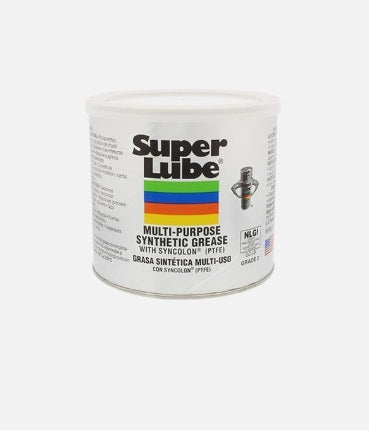
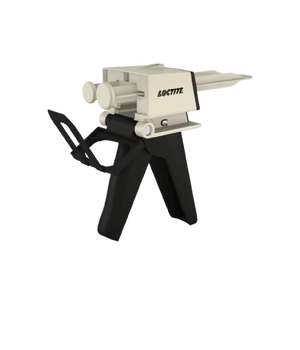
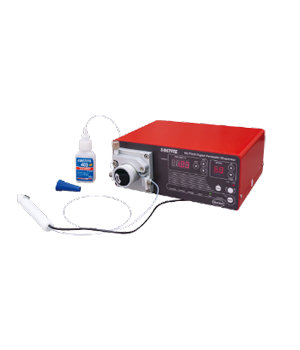
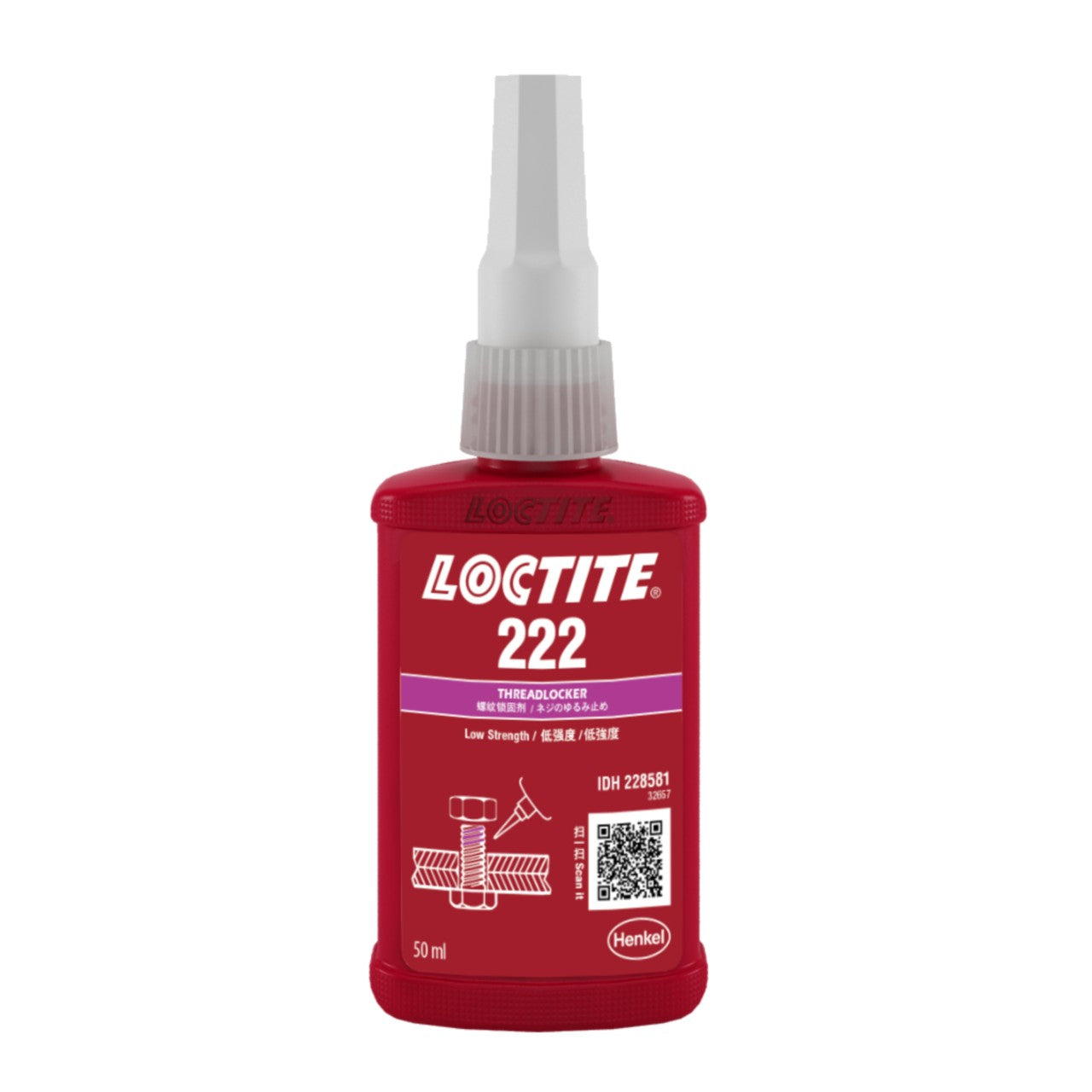
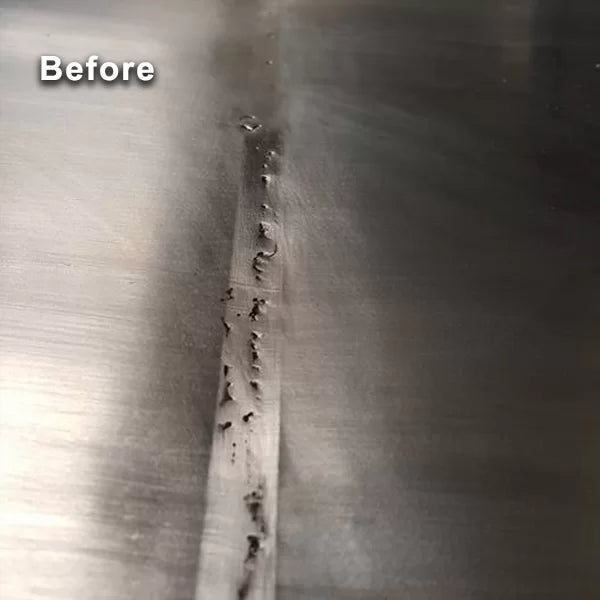
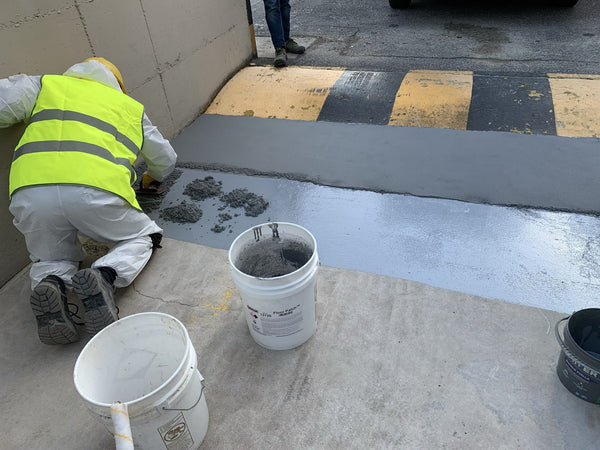
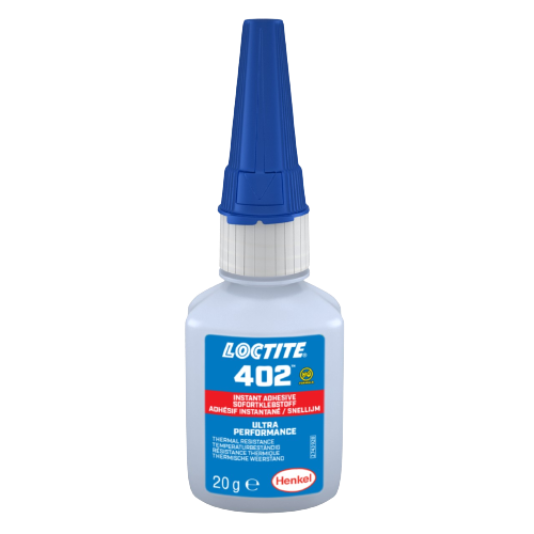
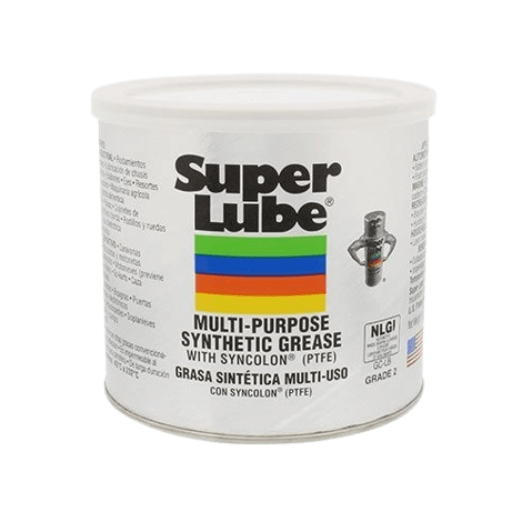
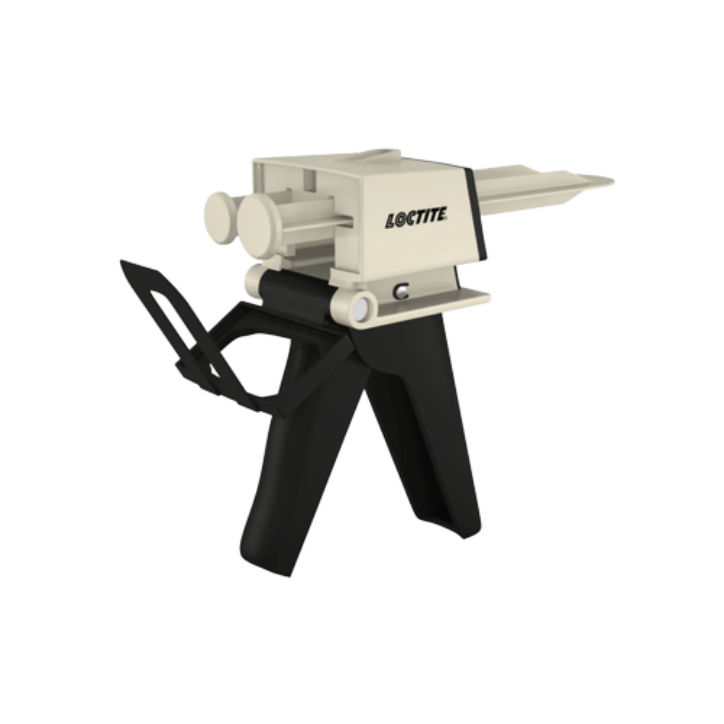
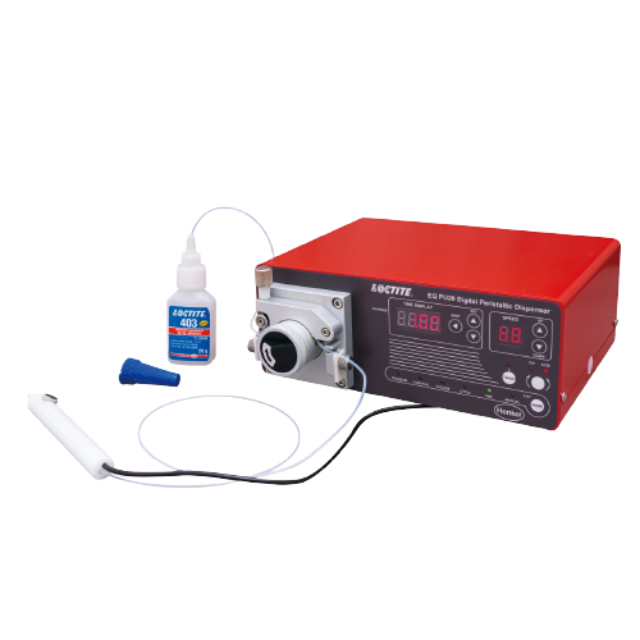
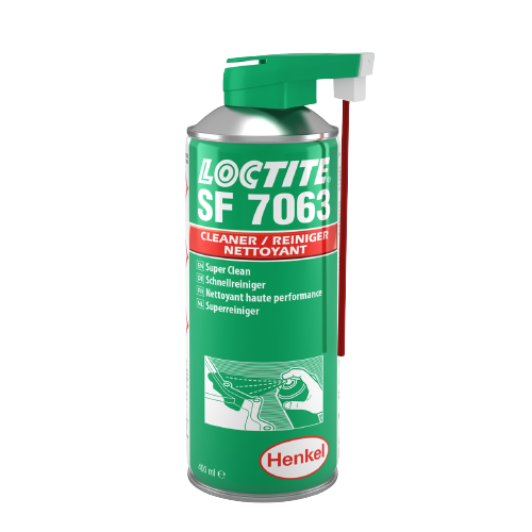
发表评论
所有评论在发布前都会经过审核。
此站点受 reCAPTCHA 保护,并且 Google 隐私政策和服务条款适用。